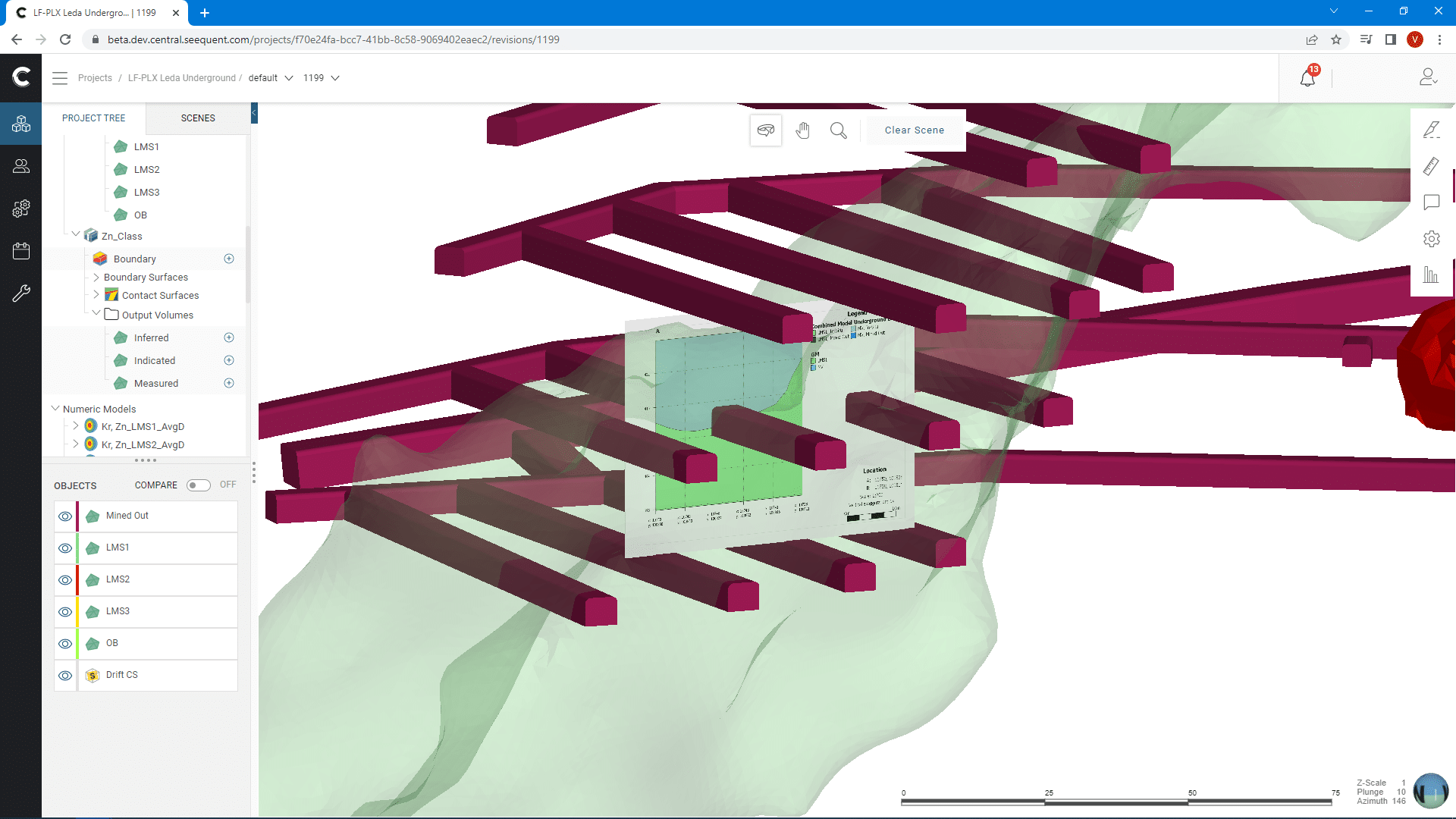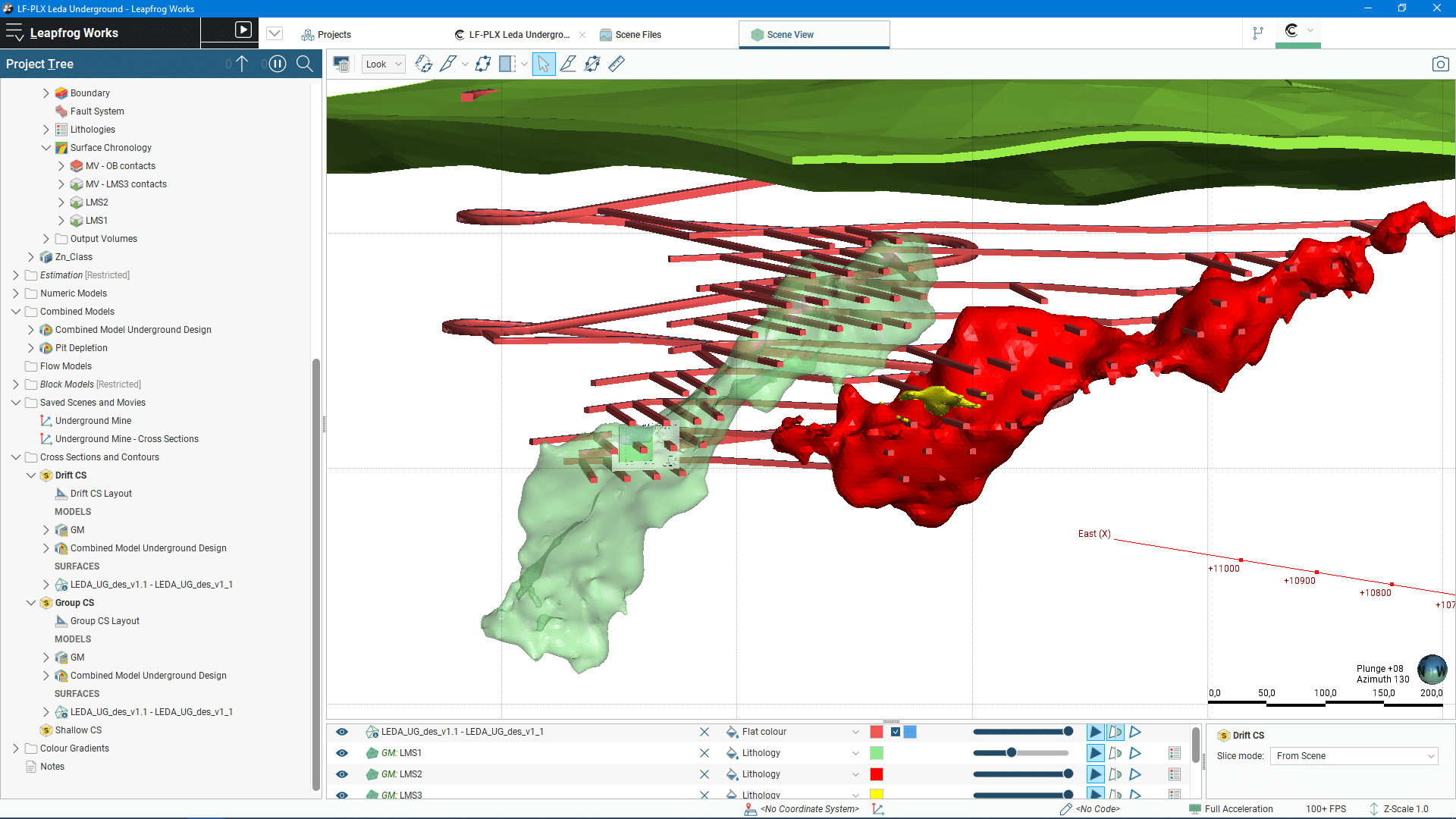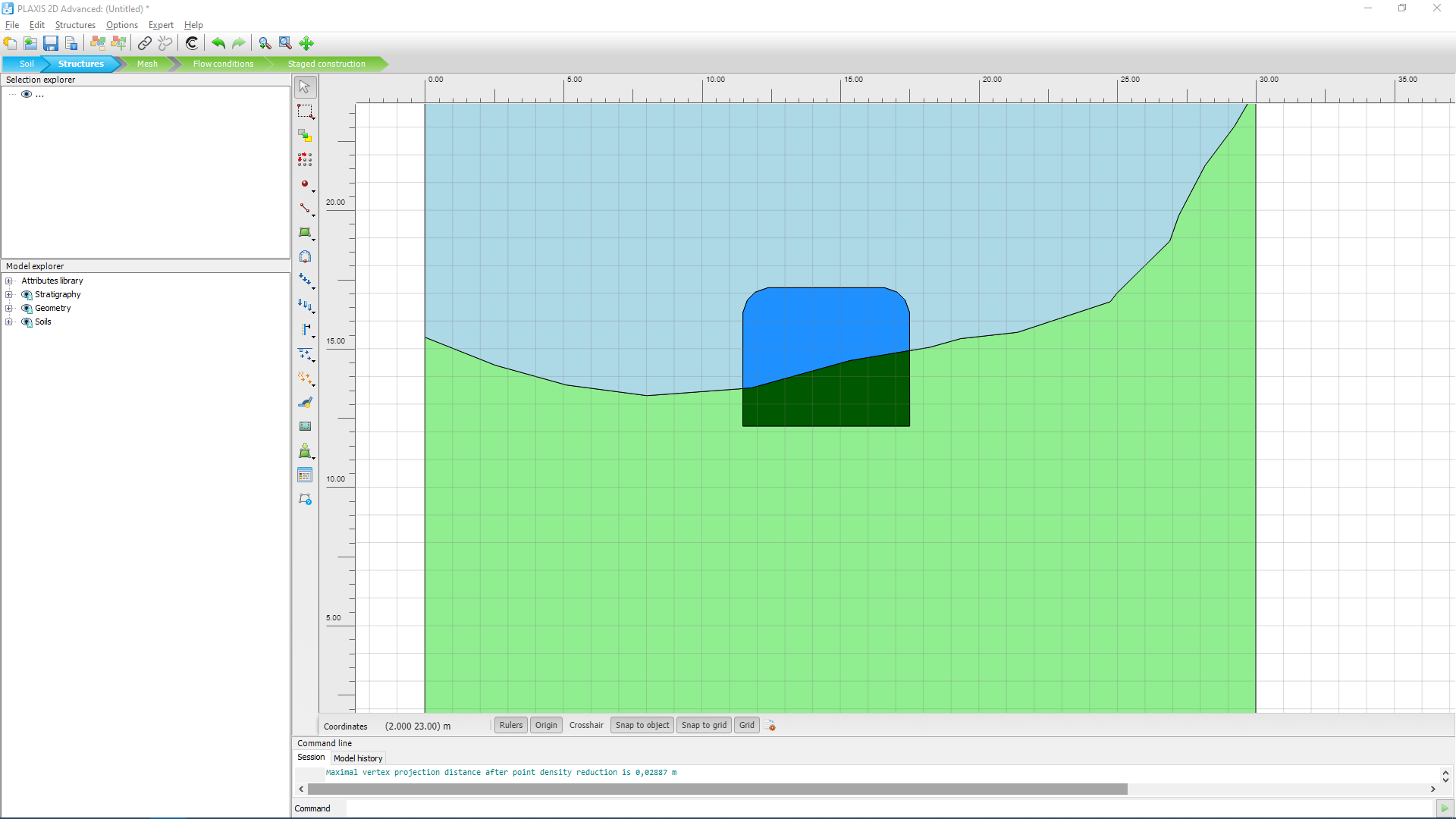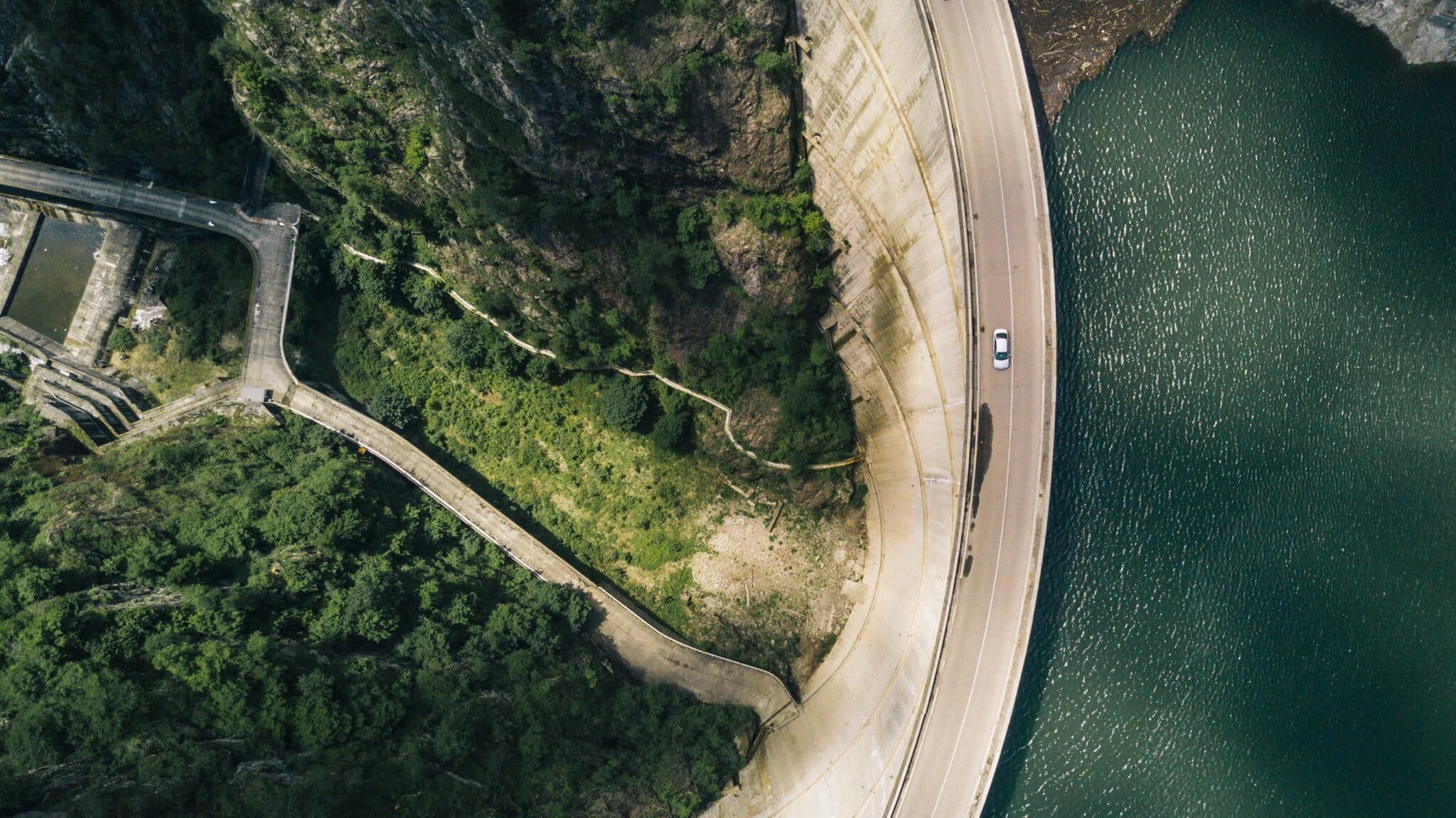La construcción de infraestructura, como carreteras y túneles, es un proceso complejo, pero con PLAXIS 2023.1 el proceso es más fácil y eficiente, puesto que permite incorporar datos geológicos para diseñar y construir infraestructura que pueda soportar amenazas geológicas. La nueva versión integra PLAXIS con los gemelos digitales subterráneos de Seequent, lo que proporciona flujos de trabajo mejorados y una integración más estrecha para los ingenieros entre el modelado geológico y el análisis geotécnico.
Los ingenieros, ahora, pueden usar PLAXIS 2D para conectar las secciones transversales de Leapfrog desde Seequent Central con su proyecto de diseño; esto les proporciona acceso a una única fuente verificada de datos geológicos y les permite actualizar el análisis de PLAXIS con los cambios posteriores en el modelo geológico.
Para comenzar, los ingenieros pueden crear un modelo geológico en 3D utilizando Leapfrog Works o Leapfrog Geo, que incorpora e interpreta los datos obtenidos de las investigaciones en sitios digitales. Una vez completado, el modelo geológico en 3D puede dividirse en secciones transversales y publicarse en Central. Con Seequent Central, puede administrar, hacer un seguimiento y trabajar en conjunto en torno a los modelos geológicos de ingeniería y la documentación geotécnica de Leapfrog en un entorno único y accesible.

En PLAXIS 2D, el usuario selecciona el servidor pertinente, el proyecto y los últimos datos publicados y, a continuación, elige una de las secciones transversales disponibles. La aplicación descarga los datos de la sección transversal y abre la ventana de diálogo de importación para mostrar los polígonos que se importarán. Una vez que se acepta, la geometría se inserta en el proyecto, y el usuario puede añadir elementos estructurales y cargas al modelo PLAXIS de la forma habitual.

El nuevo icono de Central en la barra de tareas principal refleja el estado de la geometría dentro de PLAXIS. Central notifica a PLAXIS si alguien publica una nueva instancia del proyecto Leapfrog en Central. Luego, el usuario puede verificar si hay cambios geométricos en su sección transversal y, en caso de que sea así, puede optar por volver a importar los datos. Esto asegura que se utilice la información geológica más reciente en el proyecto de construcción de infraestructura, lo que permite ahorrar tiempo y reducir errores.

Con PLAXIS 2023.1, los ingenieros pueden incorporar sin problemas datos geológicos para mejorar su diseño y construcción. Las nuevas características agilizan el proceso de construcción y mejoran las capacidades de colaboración, lo que les brinda a los ingenieros las herramientas que necesitan para construir una infraestructura que soporte los riesgos geológicos.
“Como ingenieros geotécnicos, trabajamos constantemente para cerrar la brecha entre los datos geológicos y el diseño de ingeniería. PLAXIS 2023.1 con la interoperabilidad de Leapfrog nos permite integrar sin problemas los datos geológicos en el proceso de diseño geotécnico, a fin de crear un proceso de construcción de infraestructura más eficiente y confiable”.
Paul Grunau, vicepresidente sénior de Soluciones Geotécnicas
